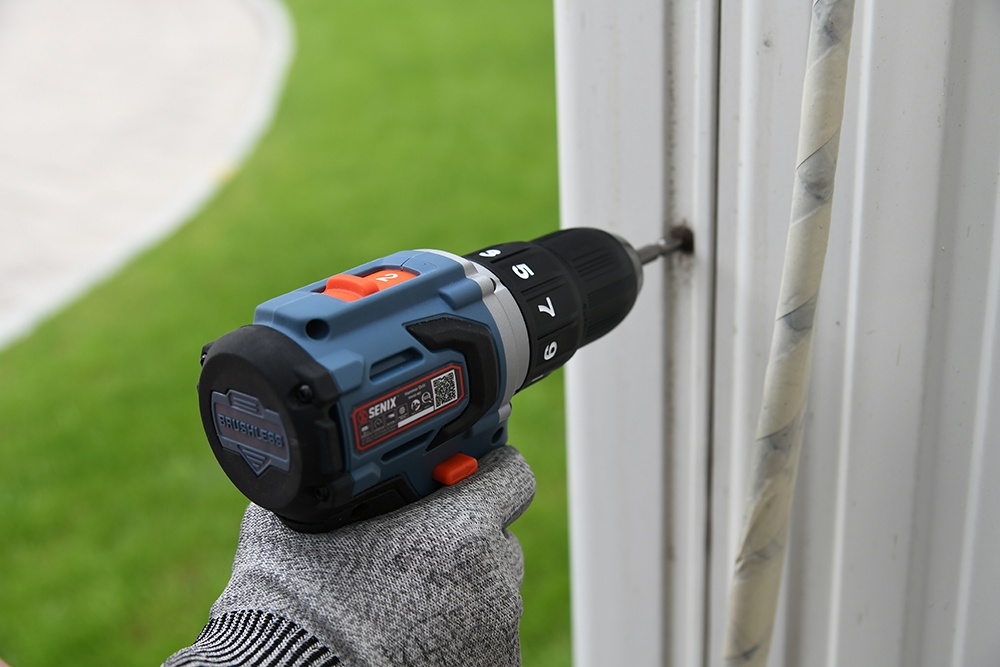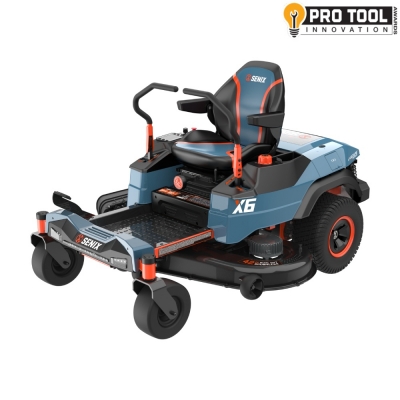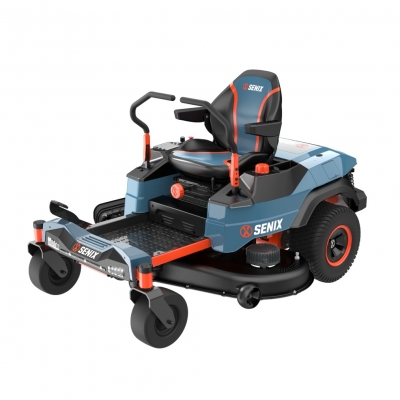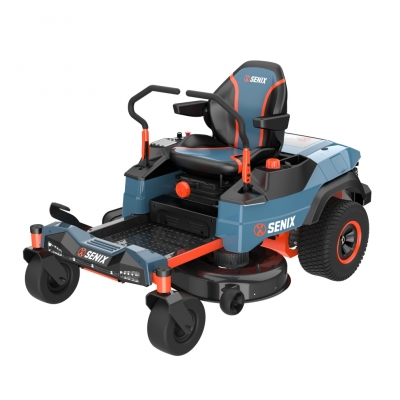Hammer Drill or Regular Drill? The Smart Choice for Every Project
You’ve got a brand-new drill in your hand and a wall in front of you. Maybe it’s brick. Maybe it’s concrete. Maybe it’s something mysterious hiding under a layer of plaster. But one thing’s for sure—if you grab the wrong tool, you’ll either waste your afternoon or crack something expensive. Therefore, let’s get real about when to use a hammer drill, when your regular drill is fine, and what happens when you mix them up.
What’s the REAL Difference?
At first glance, a regular drill and a hammer drill can look almost identical—same shape, similar chucks, same trigger. But under the hood, their mechanics tell two very different stories.
A regular drill relies purely on rotational force. The motor spins the bit, and it’s your hand pushing downward that provides the pressure. For soft materials—like wood, metal, or even soft masonry—this works just fine. But try this on a concrete wall, and all you’ll do is burn out your bit and polish a shiny, useless dent.
A hammer drill, on the other hand, adds an aggressive second dimension: axial force. Inside, a spring-loaded piston mechanism delivers over 20,000 forward blows per minute. That’s right—while spinning, it also pounds the bit like a mini-jackhammer, pulverizing rock and masonry as it drills. The result? You break through concrete with far less effort and time.

When Do You Actually NEED a Hammer Drill?
If your project includes drilling into concrete, brick, stone, or mortar joints, especially anything deeper than a quarter inch, you absolutely need a hammer drill.
Think of these scenarios:
Installing concrete anchors or Tapcon screws for mounting shelves, railings, or framing.
Running plumbing or electrical conduit through masonry walls using large core bits.
Drilling for outdoor fixtures like gate posts or pergola legs that need anchoring into concrete slabs.
Without that forward hammering motion, a regular drill simply can’t bite into dense material. You'll end up overheating your bit, glazing over the hole, and wondering why your anchors won’t hold.
When Is a Regular Drill Totally Fine?
That said, hammer drills aren't the answer to everything. For softer materials—wood, drywall, plastic, metal—a standard drill is the better choice. The hammer action doesn’t help and can actually damage your material or bit.
Here’s where your regular drill shines:
Driving screws into studs, sheetrock, or cabinetry.
Drilling pilot holes in wood framing or metal brackets.
Delicately boring into ceramic tiles or glass (with a proper spear-point bit, and never in hammer mode).
Regular drills are also usually lighter, quieter, and easier to handle, making them a better fit for detailed or overhead work.
Cost vs. Value: Rent or Buy?
Let’s talk dollars. If you’re only drilling a couple of concrete holes a year—say, four anchors to mount a TV or install a mailbox—it’s smarter to rent a hammer drill for the day (about $15–$25 at most home centers) rather than buy one you’ll barely use.
But if you’re planning multiple projects involving masonry—building a deck, remodeling a basement, or anchoring outdoor structures—a good hammer drill will pay for itself fast. Look for one with a dedicated hammer mode, and make sure it can switch back to regular drilling for versatility.
If you're a professional remodeler or heavy-duty DIYer, skip the hybrid tools altogether and invest in a rotary hammer with an SDS-Plus chuck system. These beasts are faster, more durable, and designed for serious concrete work.

Critical Mistakes
Here’s where folks get hurt—or hurt their wallets.
Using hammer mode on tile or glass is a rookie mistake. The percussive action cracks fragile materials instantly. Result: shattered tile and a $500 repair job.
Trying to drill concrete with a regular drill can burn out bits, glaze over the hole, and lead to anchors that slip and fail. Structural risk aside, it’s just a waste of time.
Drilling masonry without dust control is a health hazard. Concrete dust contains crystalline silica, which, when inhaled, can cause silicosis. Always use a shop vac attachment or wet drilling method to control dust.
Pro Techniques to Drill Smarter
Here’s how the pros do it:
Hitting rebar? Start with a masonry bit. When sparks fly, switch to a metal bit to avoid dulling the tip instantly.
Dust control on a budget? Inject water into the hole with a squirt bottle as you drill. It cools the bit and reduces airborne particles.
Preserve your bit life by pulling out every 10 seconds to clear dust. Continuous pressure with no exit path overheats the bit and risks snapping the shaft.
The Final Verdict: Which Drill Belongs in Your Toolbox?
Here’s the bottom line:
Use a regular drill if your projects involve wood, metal, screws, and light-duty household tasks. It’s versatile, lighter, and more user-friendly for beginners.
Use a hammer drill when tackling masonry, brick, or concrete. Whether you rent or buy depends on how often you need that power.
And remember—torque moves metal, but blows break rock. Prioritize blows per minute (BPM) for hammer drills, and torque control for your standard drill.



 (5.0)
(5.0)
